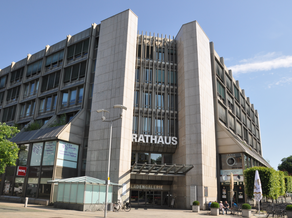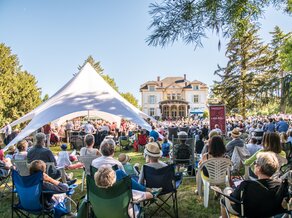The preservation of dead and old wood plays a major role as a habitat in Bad Homburg's forests. These measures are to be integrated into the overall management of the forests, as is the development of near-natural forest communities. In addition, in selected areas (e.g. spring areas or sites close to watercourses), the decommissioning of forestry use is also an objective. With regard to the recreational value of the forest landscape, it is important to create varied woodland patterns and stepped forest edges.
Flower-rich edges fulfill important functions for the protection of species and biotopes and for the experience and perception of nature and landscape, both in the forest and in open land. In the area of large-scale arable farming, these functions are fulfilled by roadside verges, field margins and small areas with grassy and herbaceous vegetation, which need to be preserved and newly created.
Promoting the recreational quality of the landscape is also of great importance. In addition to the natural and biotope-related features, cultural-historical elements and areas (e.g. excursion destinations, architectural monuments such as the Saalburg or the Limes) and suitable connecting routes (in particular the regional park route) also play a major role.
For the watercourses themselves and in the flood protection areas, the main focus is on conservation and near-natural structural development.
In the open spaces adjacent to the streams, the preservation and development of the open space functions (e.g. through high-quality design and proper maintenance) are the most important objectives. In terms of a recreational network, the connection of existing open spaces is important (e.g. through accessibility and continuity of allotment gardens, sports facilities and cemeteries, creation of new attractive path connections, upgrading of existing connections through roadside greenery, façade greening, traffic calming, etc.). The peripheral areas are particularly important as a transition between settlement and landscape.















